Pulteney Bridge

Pulteney Bridge is one of Bath’s most iconic architectural landmarks and among only four bridges in the world lined with shops on both sides. Designed by the renowned architect Robert Adam in a refined Palladian style, it was completed in 1774 to connect the city with the Pulteney family’s Bathwick estate across the River Avon. Named after Frances Pulteney, the bridge was part of a grand vision to develop a new Georgian suburb. Its elegant façade features classical pediments, pilasters, and domed pavilions, while the narrow street atop the bridge remains a bustling hub of independent shops and cafés. Though altered over the centuries by floods and commercial pressures, restoration efforts have preserved much of Adam’s original vision. Today, Pulteney Bridge is a Grade I listed structure and a favourite subject for photographers, best viewed from Parade Gardens or beside the crescent-shaped weir below.
Bath United KingdomPulteney Bridge is located on Bridge Street, Bath, BA2 4AT, spanning the River Avon at the edge of Bath’s city centre. Built in 1774 and designed by Robert Adam in the Palladian style, this Grade I listed bridge is one of only four in the world with shops lining both sides along its entire length, making it a unique architectural and shopping experience. The bridge is best viewed from Parade Gardens or the crescent-shaped weir below, where its elegant arches and classical façade are most striking. Nearby, you’ll find Bath Abbey, the Roman Baths, and the Guildhall, all within a few minutes’ walk, as well as the Victoria Art Gallery and the city’s main shopping streets. The area is filled with cafés, restaurants, and boutique shops, and the bridge itself offers charming spots for coffee and riverside views. Pulteney Bridge is a must-see for visitors, combining history, architecture, and vibrant city life at the heart of Bath.
 The Roman Baths
Bath
The Roman Baths
Bath
 Fashion Museum Bath
Bath
Fashion Museum Bath
Bath
 Herschel Museum of Astronomy
Bath
Herschel Museum of Astronomy
Bath
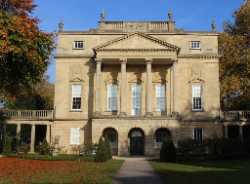 Holburne Museum
Bath
Holburne Museum
Bath
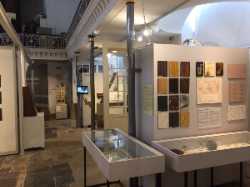 Museum of Bath Architecture
Bath
Museum of Bath Architecture
Bath
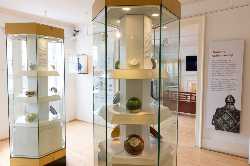 Museum of East Asian Art
Bath
Museum of East Asian Art
Bath
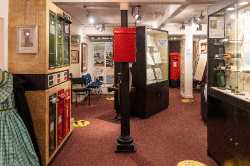 Bath Postal Museum
Bath
Bath Postal Museum
Bath
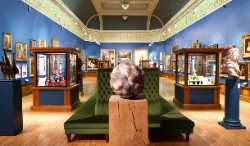 Victoria Art Gallery
Bath
Victoria Art Gallery
Bath
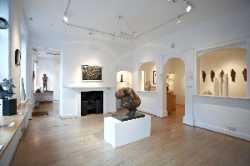 Beaux Arts Bath
Bath
Beaux Arts Bath
Bath
 David Simon Contemporary
Bath
David Simon Contemporary
Bath
 Bath Abbey
Bath
Bath Abbey
Bath
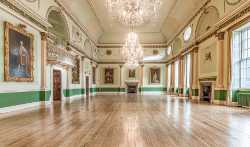 Guildhall
Bath
Guildhall
Bath
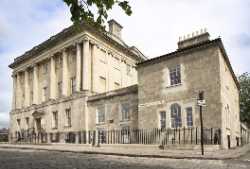 No. 1 Royal Crescent
Bath
No. 1 Royal Crescent
Bath
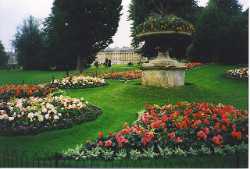 Royal Victoria Park
Bath
Royal Victoria Park
Bath
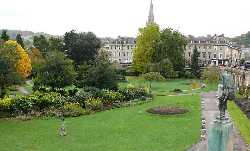 Parade Gardens
Bath
Parade Gardens
Bath
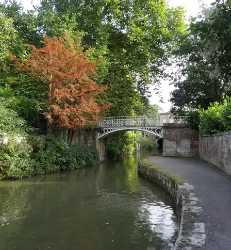 Sydney Gardens
Bath
Sydney Gardens
Bath
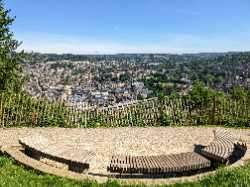 Alexandra Park
Bath
Alexandra Park
Bath
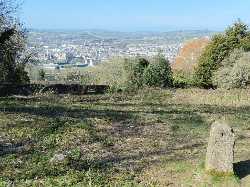 Bath Skyline Walk
Bath
Bath Skyline Walk
Bath
 The Assembly Rooms
Bath
The Assembly Rooms
Bath
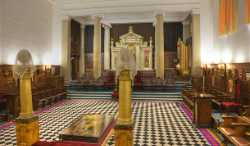 The Old Theatre Royal
Bath
The Old Theatre Royal
Bath
 Guildhall Market
Bath
Guildhall Market
Bath
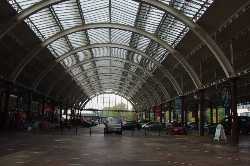 Bath Farmers’ Market
Bath
Bath Farmers’ Market
Bath
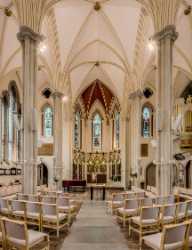 St Michael’s Church
Bath
St Michael’s Church
Bath
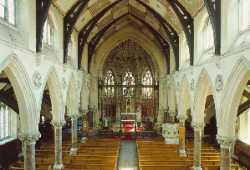 St John the Evangelist Catholic Church
Bath
St John the Evangelist Catholic Church
Bath
 Thermae Bath Spa
Bath
Thermae Bath Spa
Bath
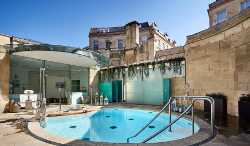 Cross Bath
Bath
Cross Bath
Bath
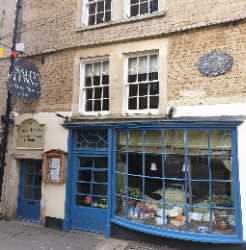 Sally Lunn’s Historic Eating House
Bath
Sally Lunn’s Historic Eating House
Bath
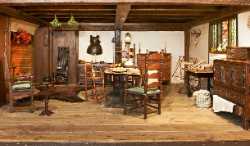 American Museum & Gardens
Bath
American Museum & Gardens
Bath
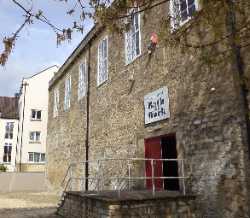 Museum of Bath at Work
Bath
Museum of Bath at Work
Bath
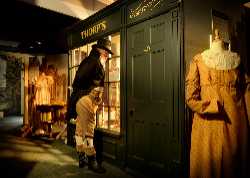 Jane Austen Centre
Bath
Jane Austen Centre
Bath
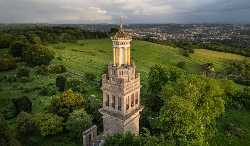 Beckford’s Tower and Museum
Bath
Beckford’s Tower and Museum
Bath
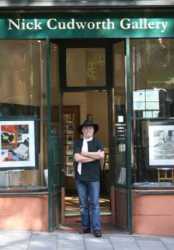 Nick Cudworth
Bath
Nick Cudworth
Bath
 Mary Shaw
Bath
Mary Shaw
Bath
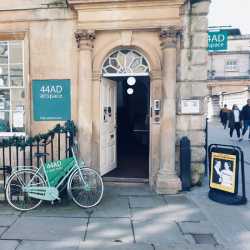 44AD Artspace
Bath
44AD Artspace
Bath
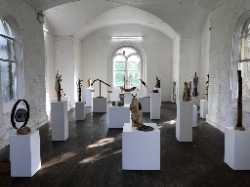 Walcot Chapel Arts Space
Bath
Walcot Chapel Arts Space
Bath
 Clarendon Fine Art Bath
Bath
Clarendon Fine Art Bath
Bath
 Francis Gallery
Bath
Francis Gallery
Bath
 Red Rag Gallery
Bath
Red Rag Gallery
Bath
 Castle Fine Art
Bath
Castle Fine Art
Bath
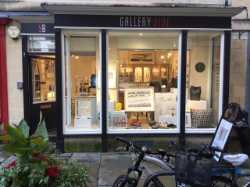 Gallery Nine
Bath
Gallery Nine
Bath
 Pencil Tree Gallery
Bath
Pencil Tree Gallery
Bath
 Adam Gallery
Bath
Adam Gallery
Bath
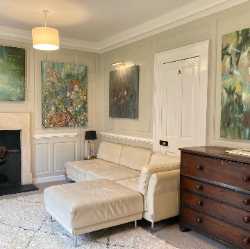 Jenny Cowderoy Fine Art
Bath
Jenny Cowderoy Fine Art
Bath